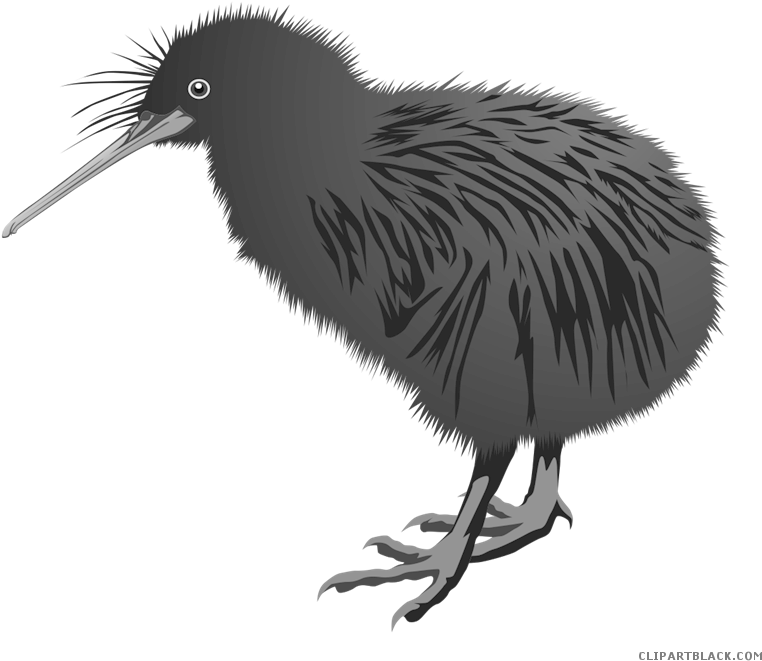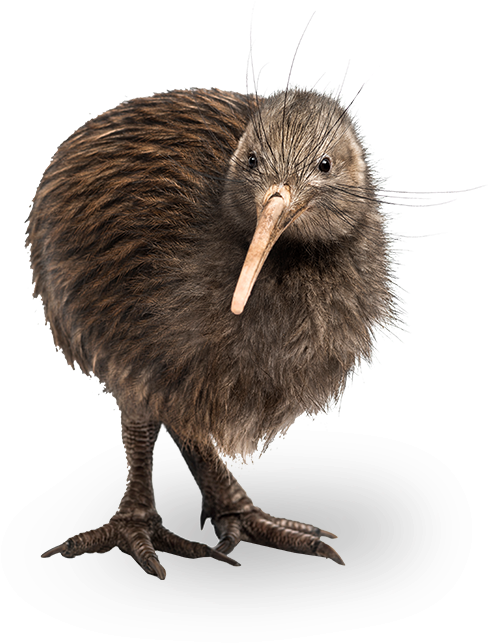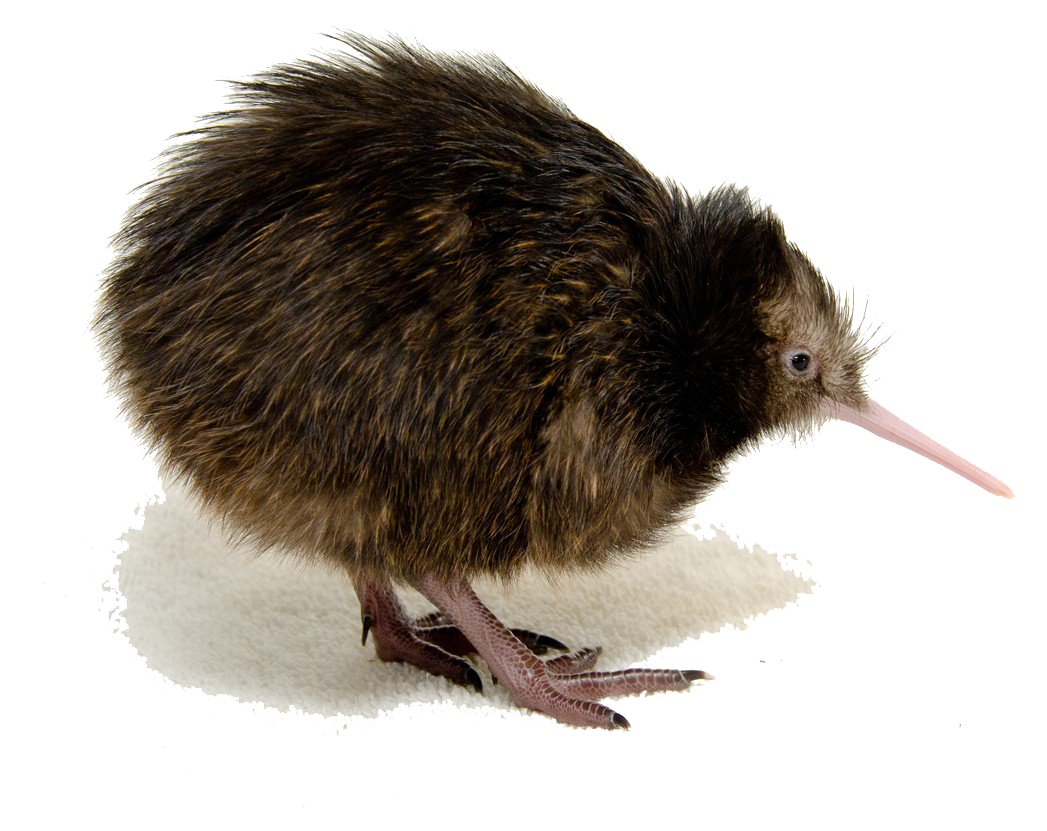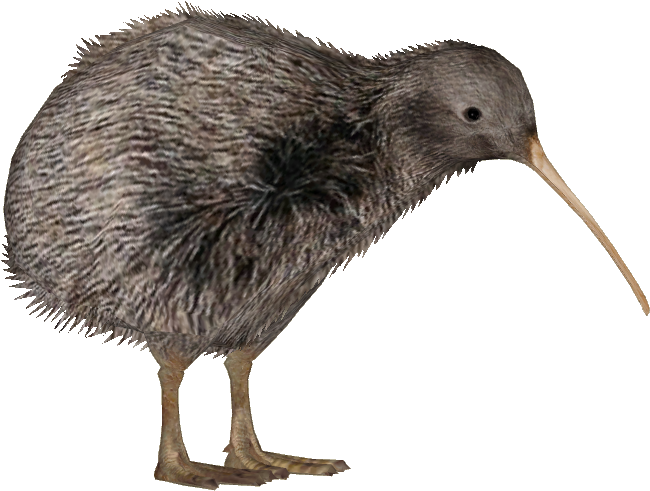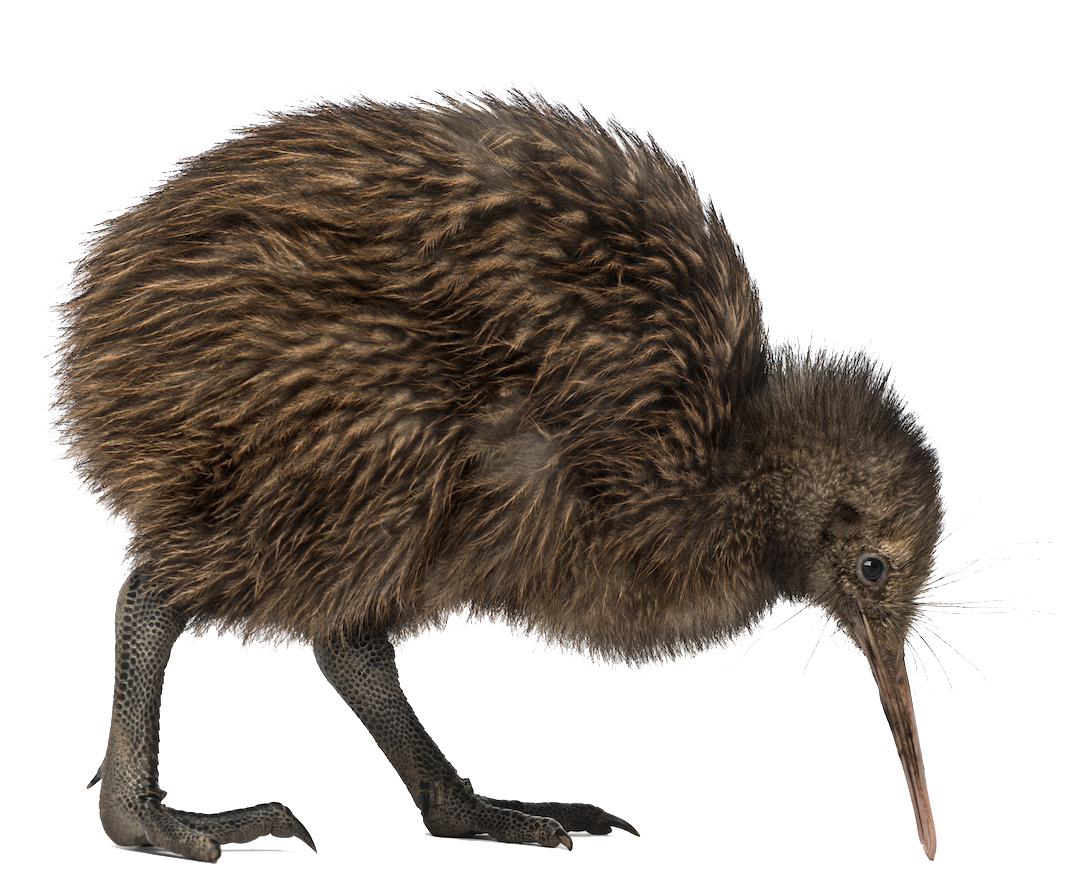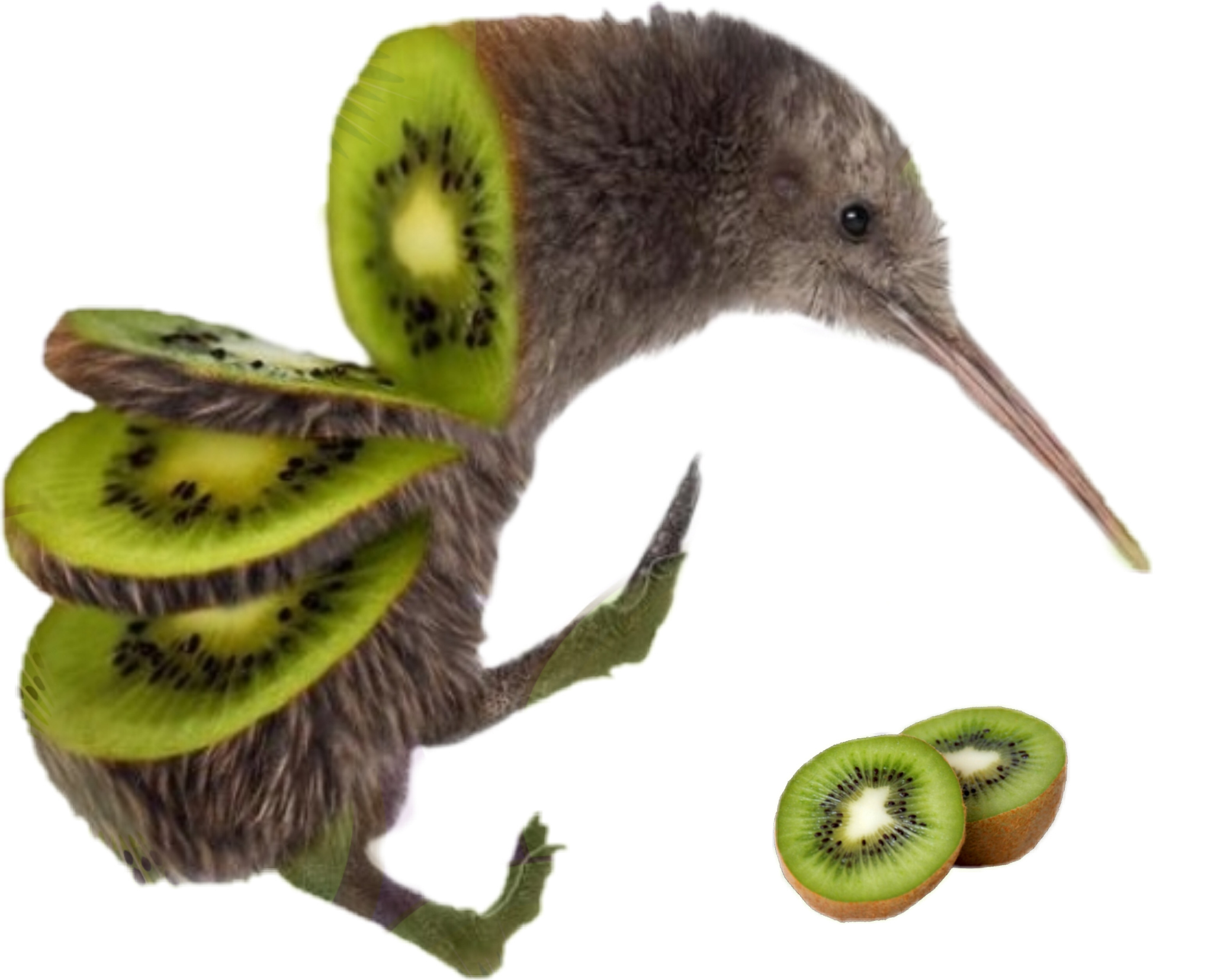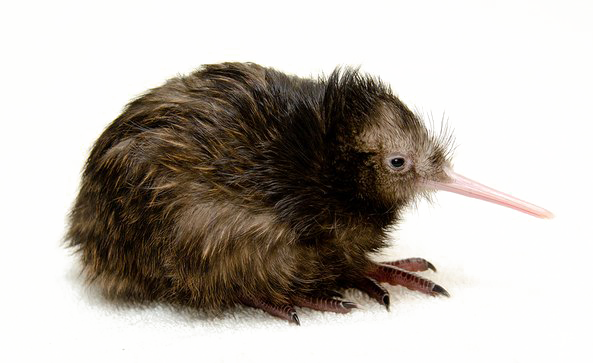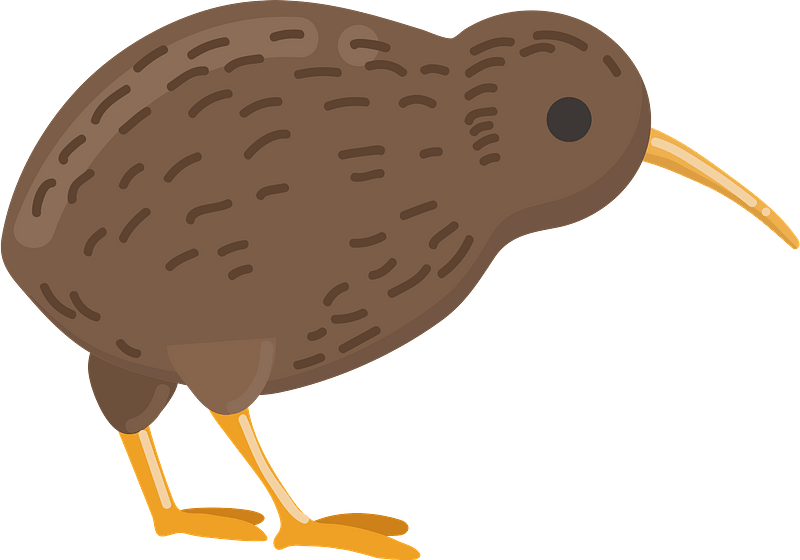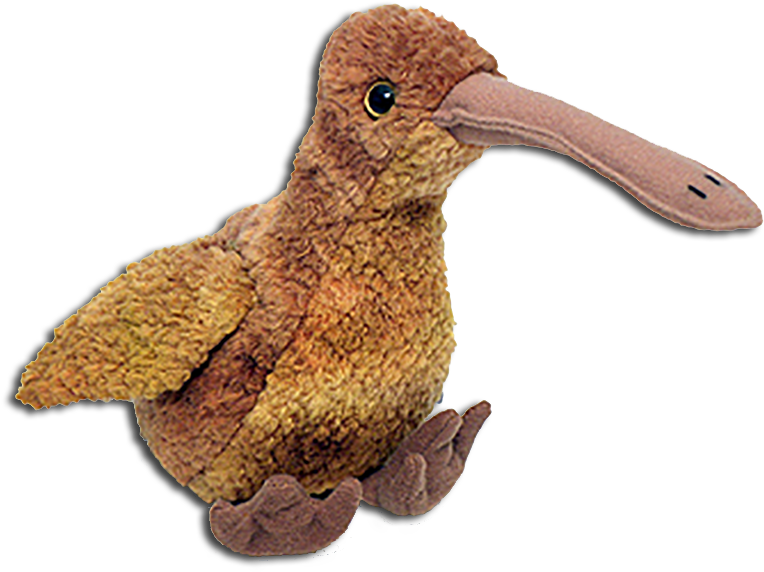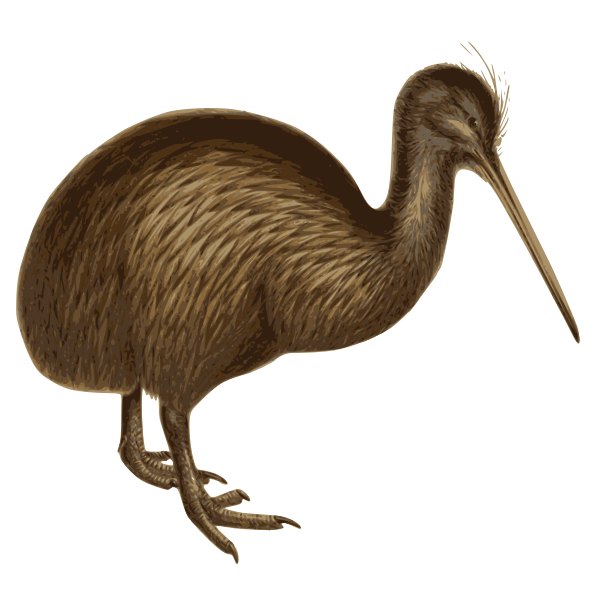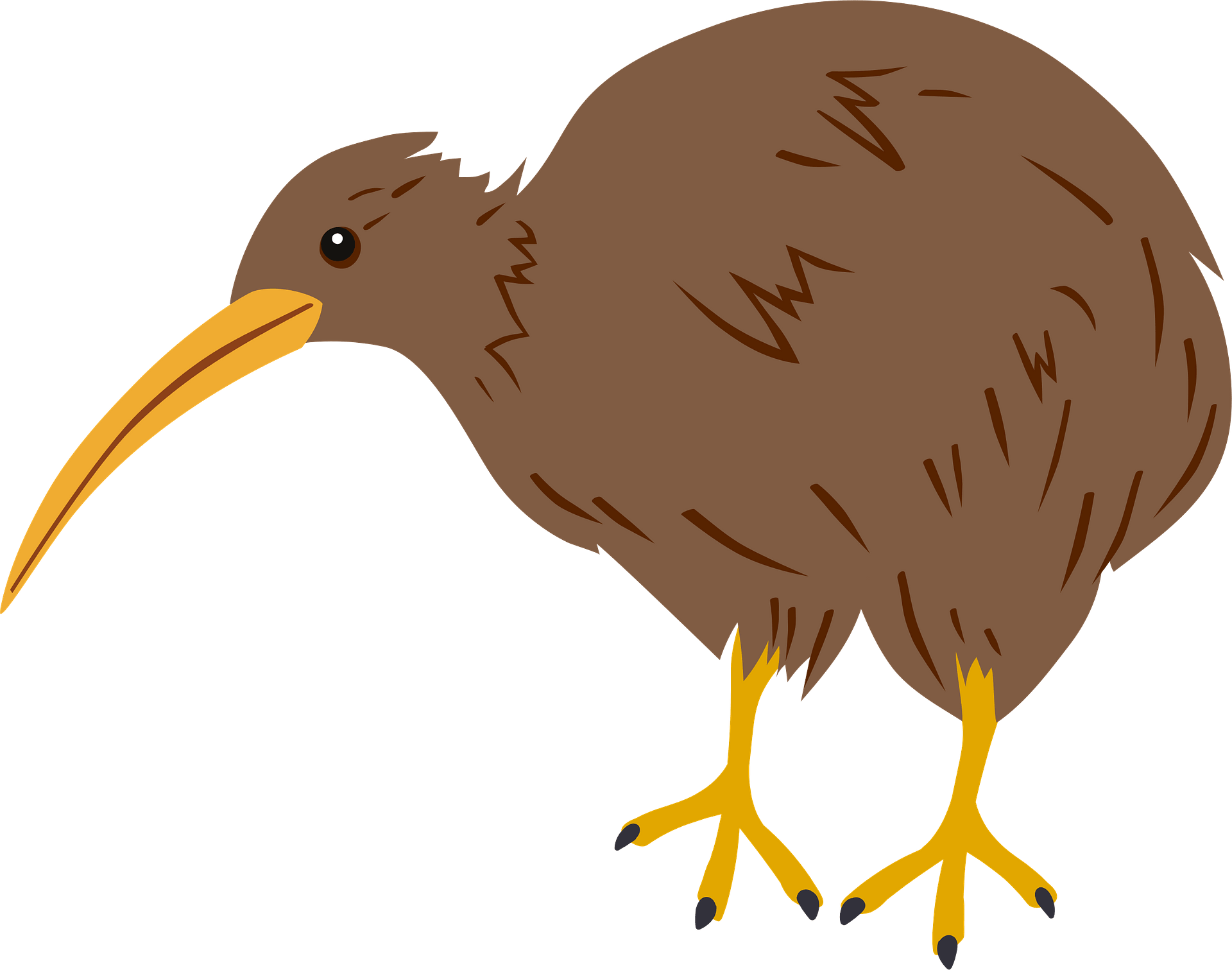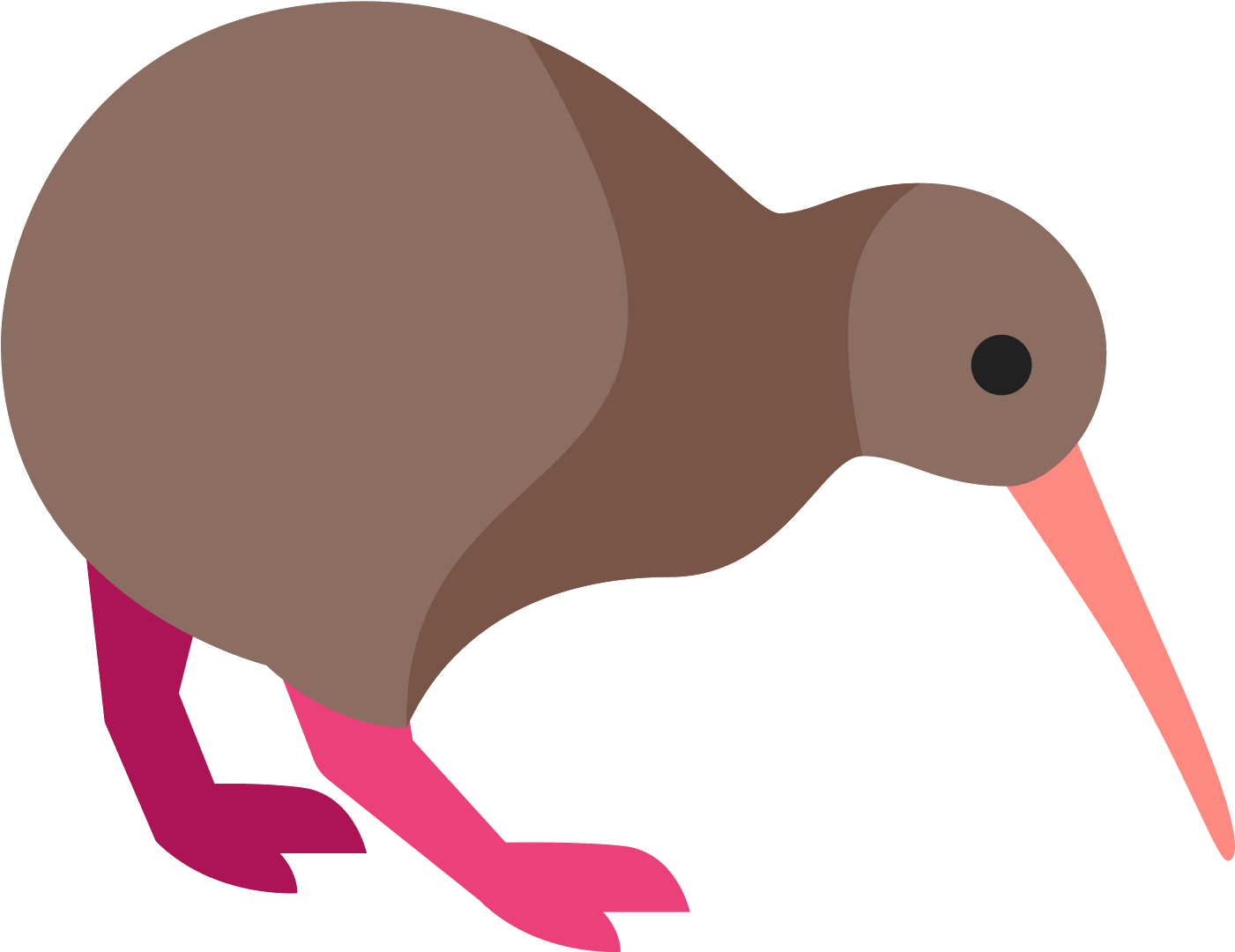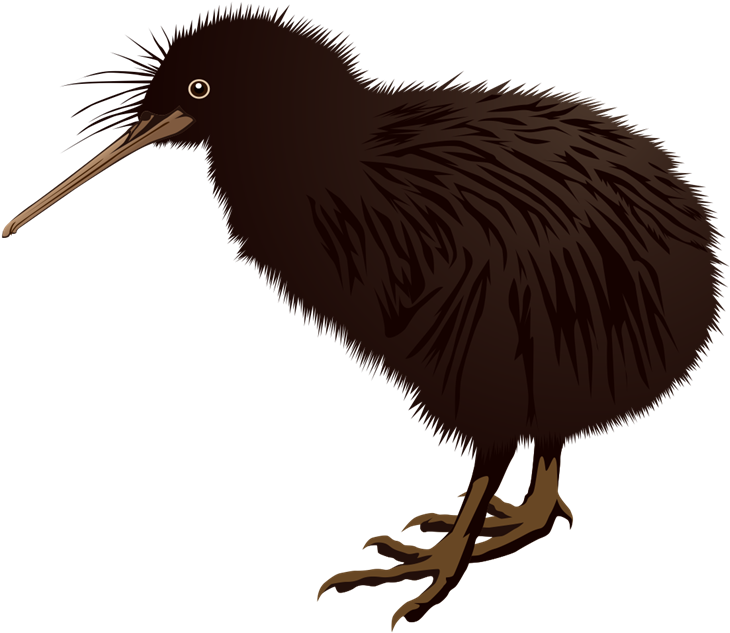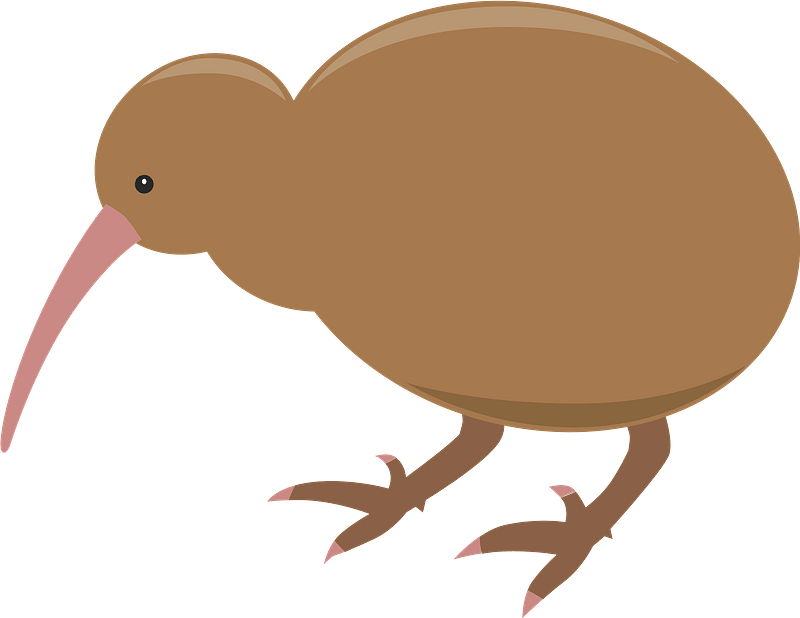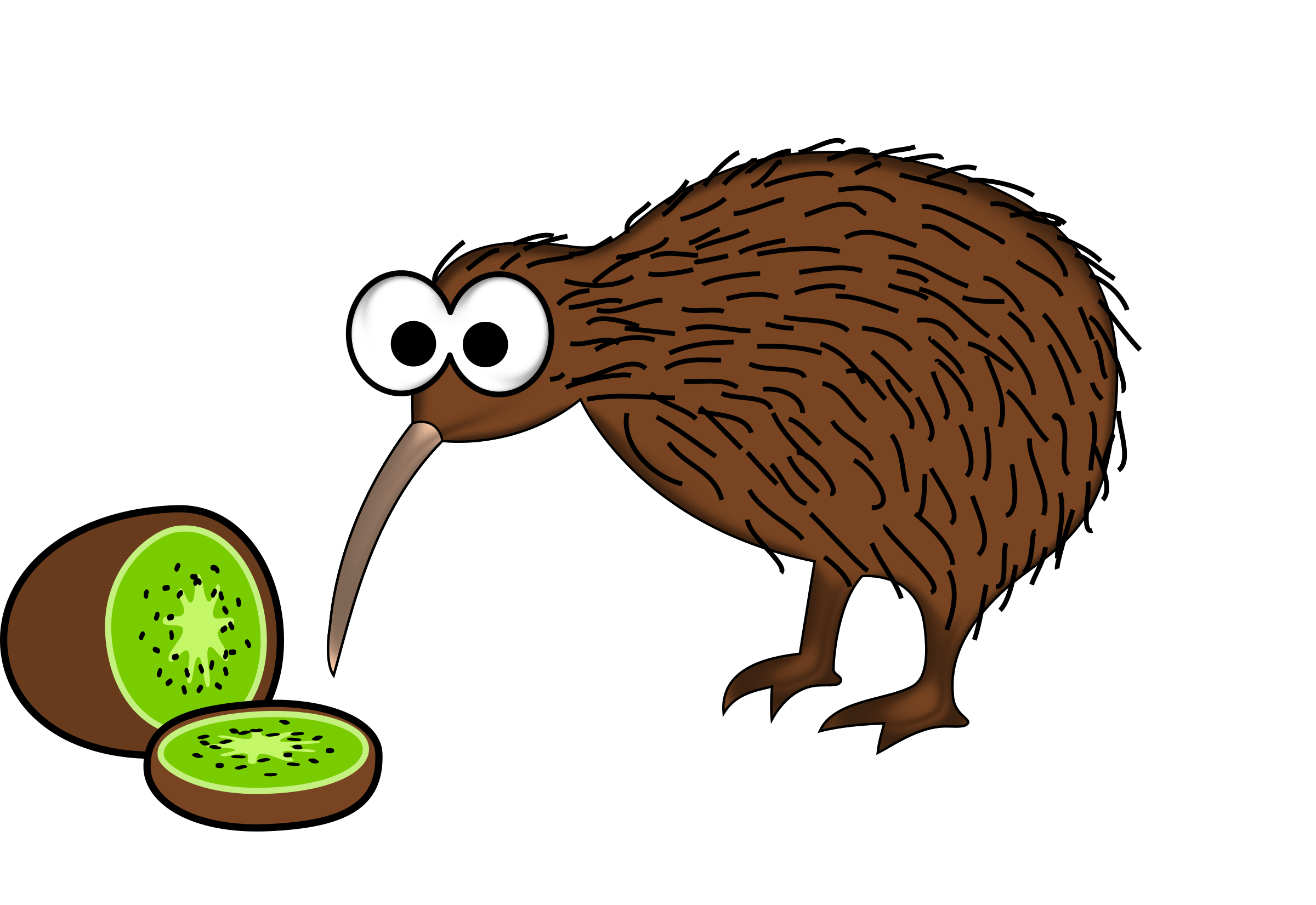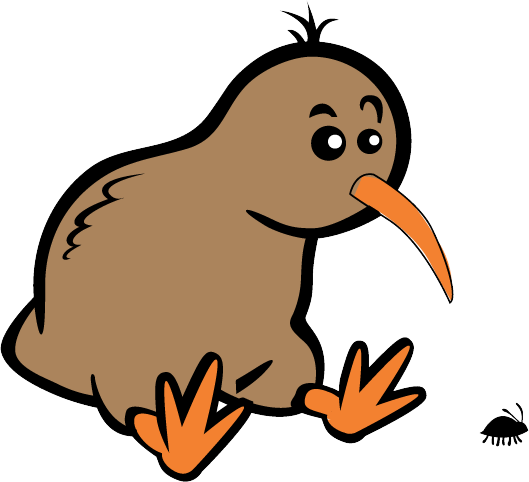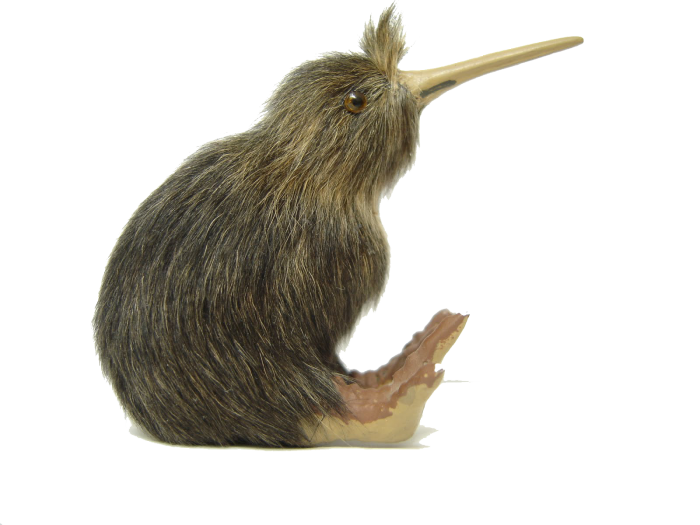Download top and best high-quality free Kiwi Bird PNG Transparent Images backgrounds available in various sizes. To view the full PNG size resolution click on any of the below image thumbnail.
License Info: Creative Commons 4.0 BY-NC
Kiwi are flightless birds of the genus Apteryx and the family Apterygidae that are native to New Zealand. Kiwi are the tiniest extant ratites, at about the same size as a domestic chicken (which also include ostriches, emus, rheas and cassowaries).
The startling finding of DNA sequence comparisons is that kiwis are far more closely linked to the extinct Malagasy elephant birds than to the moa with whom they shared New Zealand. There are five species that have been identified, four of which are vulnerable and one that is near-threatened. Historic deforestation has had a detrimental impact on all species, but the surviving huge sections of their forest habitat are well preserved in reserves and national parks. Predation by invading mammalian predators is currently the greatest danger to their existence.
The kiwi’s egg is one of the biggest in relation to body size of any bird species on the planet (up to 20% of the female’s weight). Other characteristics of kiwis, such as their hairlike feathers, short and sturdy legs, and the use of their nostrils at the end of their long beak to sense prey before they see it, have contributed to the bird’s international fame.
The kiwi is regarded as a symbol of New Zealand, and the link is so strong that the name Kiwi is used as a colloquial term for New Zealanders across the world.
They, like all other ratites (ostriches, emus, rheas, and cassowaries), have no keel on the sternum to anchor wing muscles. The vestigial wings are so tiny that they are hidden behind the two-branched feathers with bristly, hair-like bristles. While most adult birds have empty insides to save weight and make flight possible, kiwis, like humans and the young of other birds, have marrow. Brown kiwi females carry and lay a single egg that can weigh up to 450 grams because they have no weight restrictions owing to flying needs (16 oz). They, like most other ratites, lack a uropygial gland (preen gland). Their bill is lengthy, flexible, and sensitive to touch, with a decreased pecten in their eyes. Their feathers feature extensive vibrissae around the gape and lack barbules and aftershafts. They have 13 flying feathers, a tiny pygostyle, and no tail. Their caecum is long and thin, and their gizzard is weak.
In all bird species, the kiwi’s eye is the smallest in terms of body mass, resulting in the shortest vision field. Although the eye has certain adaptations for a night existence, kiwis rely more on their other senses (auditory, olfactory, and somatosensory system). The kiwi’s vision is so poor that blind animals have been found in the wild, demonstrating how little they rely on sight for life and foraging. One-third of an A. rowi population in New Zealand with minimal environmental stress experienced ocular lesions in one or both eyes, according to one experiment. The same investigation looked at three particular specimens that were completely blind and discovered that, except from ocular anomalies, they were in fair physical condition. Despite their enormous size, the kiwi’s closest ancestors, the extinct elephant birds, shared this characteristic, according to a 2018 research.
Unlike nearly every other palaeognath, kiwi have proportionately significant encephalization quotients compared to avian norms. The dimensions of the hemisphere are even identical to those of parrots and songbirds, however no evidence of similarly sophisticated behavior has been found.
Download Kiwi Bird PNG images transparent gallery.
- Kiwi Bird PNG Image File
Resolution: 762 × 661
Size: 123 KB
Image Format: .png
Download
- Kiwi Bird PNG Image HD
Resolution: 488 × 643
Size: 377 KB
Image Format: .png
Download
- Kiwi Bird PNG Image
Resolution: 1047 × 831
Size: 817 KB
Image Format: .png
Download
- Kiwi Bird PNG Images HD
Resolution: 650 × 491
Size: 377 KB
Image Format: .png
Download
- Kiwi Bird PNG Images
Resolution: 1071 × 888
Size: 1088 KB
Image Format: .png
Download
- Kiwi Bird PNG Photo
Resolution: 2072 × 1655
Size: 1801 KB
Image Format: .png
Download
- Kiwi Bird PNG Photos
Resolution: 593 × 363
Size: 277 KB
Image Format: .png
Download
- Kiwi Bird PNG Pic
Resolution: 800 × 560
Size: 33 KB
Image Format: .png
Download
- Kiwi Bird PNG Picture
Resolution: 764 × 572
Size: 532 KB
Image Format: .png
Download
- Kiwi Bird PNG
Resolution: 600 × 600
Size: 221 KB
Image Format: .png
Download
- Kiwi Bird Transparent
Resolution: 1920 × 1511
Size: 91 KB
Image Format: .png
Download
- Kiwi Bird
Resolution: 1401 × 1080
Size: 33 KB
Image Format: .png
Download
- Kiwi Bird Background PNG
Resolution: 730 × 633
Size: 163 KB
Image Format: .png
Download
- Kiwi Bird No Background
Resolution: 800 × 618
Size: 18 KB
Image Format: .png
Download
- Kiwi Bird PNG Background
Resolution: 2400 × 1651
Size: 356 KB
Image Format: .png
Download
- Kiwi Bird PNG Clipart
Resolution: 529 × 482
Size: 12 KB
Image Format: .png
Download
- Kiwi Bird PNG Cutout
Resolution: 700 × 525
Size: 264 KB
Image Format: .png
Download
- Kiwi Bird PNG File
Resolution: 800 × 607
Size: 64 KB
Image Format: .png
Download
- Kiwi Bird PNG Free Image
Resolution: 749 × 784
Size: 520 KB
Image Format: .png
Download
- Kiwi Bird PNG HD Image
Resolution: 630 × 315
Size: 44 KB
Image Format: .png
Download
